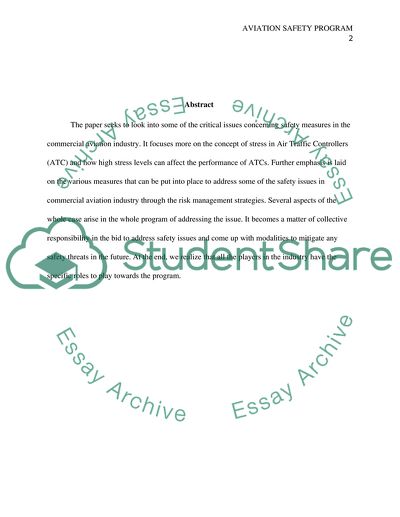Cite this document
(“Stress in Air Traffic Controllers Research Paper”, n.d.)
Stress in Air Traffic Controllers Research Paper. Retrieved from https://studentshare.org/social-science/1767604-aviation-safety-aviation-safety-program-for-air-traffic-control-enfasis-atc-fatigue
Stress in Air Traffic Controllers Research Paper. Retrieved from https://studentshare.org/social-science/1767604-aviation-safety-aviation-safety-program-for-air-traffic-control-enfasis-atc-fatigue
(Stress in Air Traffic Controllers Research Paper)
Stress in Air Traffic Controllers Research Paper. https://studentshare.org/social-science/1767604-aviation-safety-aviation-safety-program-for-air-traffic-control-enfasis-atc-fatigue.
Stress in Air Traffic Controllers Research Paper. https://studentshare.org/social-science/1767604-aviation-safety-aviation-safety-program-for-air-traffic-control-enfasis-atc-fatigue.
“Stress in Air Traffic Controllers Research Paper”, n.d. https://studentshare.org/social-science/1767604-aviation-safety-aviation-safety-program-for-air-traffic-control-enfasis-atc-fatigue.


